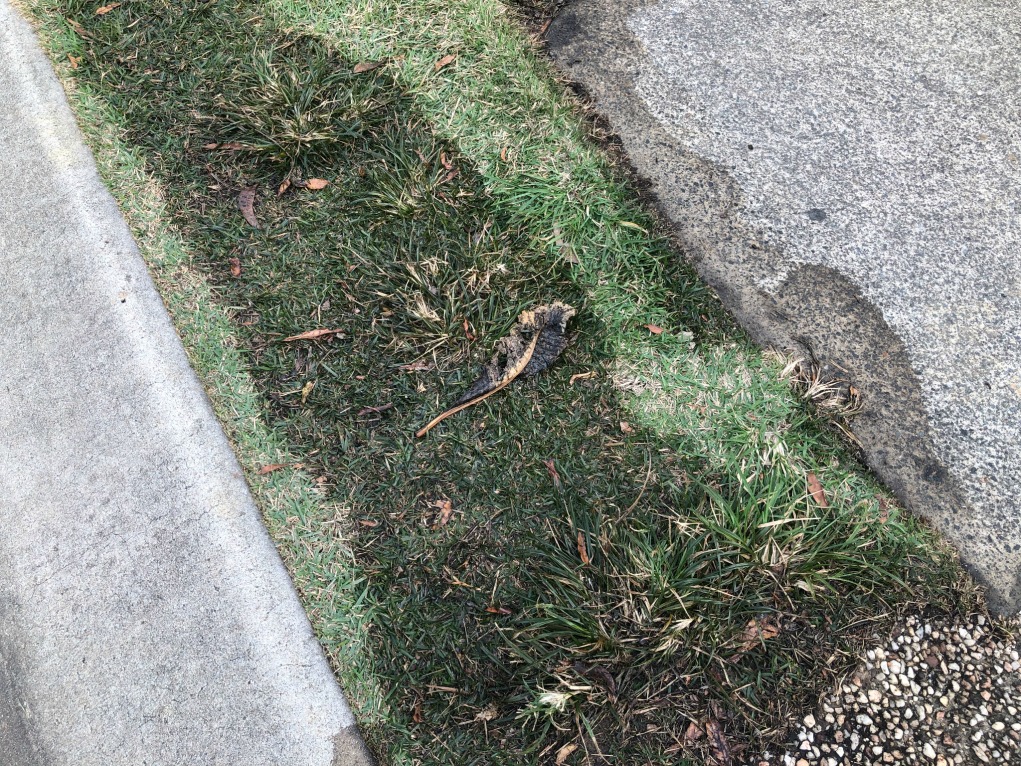Exactly how to Locate and Repair Work Water Leaks-- A Comprehensive Overview
Exactly how to Locate and Repair Work Water Leaks-- A Comprehensive Overview
Blog Article
Do you find yourself looking for critical information on Finding hidden leaks?

Early detection of dripping water lines can alleviate a potential catastrophe. Some little water leaks might not be visible.
1. Check Out the Water Meter
Checking it is a guaranteed way that assists you uncover leakages. If it moves, that indicates a fast-moving leak. This implies you may have a slow-moving leak that can even be below ground.
2. Examine Water Intake
Analyze your water costs and track your water intake. As the one paying it, you must observe if there are any type of disparities. If you spot sudden changes, in spite of your intake coinciding, it indicates that you have leaks in your plumbing system. Remember, your water costs ought to drop under the exact same variety each month. A sudden spike in your expense shows a fast-moving leakage.
Meanwhile, a stable rise on a monthly basis, even with the same habits, reveals you have a sluggish leakage that's additionally slowly rising. Call a plumber to extensively examine your home, particularly if you really feel a cozy location on your flooring with piping beneath.
3. Do a Food Coloring Examination
When it involves water consumption, 30% originates from bathrooms. Test to see if they are running effectively. Decline flecks of food shade in the storage tank and wait 10 mins. There's a leakage between the tank and bowl if the shade in some way infiltrates your bowl throughout that time without flushing.
4. Asses Outside Lines
Do not forget to examine your outdoor water lines as well. Test faucets by connecting a yard hose. Must water seep out of the connection, you have a loosened rubber gasket. Replace this and also guarantee all links are tight. If you've obtained a sprinkler system, it will assist get it expertly examined and also kept yearly. One tiny leakage can lose lots of water and also spike your water expense.
5. Check and also Examine the Situation
Home owners should make it a habit to examine under the sink counters and also even inside cabinets for any kind of bad odor or mold and mildew growth. These two warnings show a leakage so punctual interest is needed. Doing routine evaluations, even bi-annually, can save you from a significant trouble.
Check for stainings and also weakening as most appliances as well as pipelines have a life span. If you believe dripping water lines in your plumbing system, do not wait for it to escalate.
Early discovery of leaking water lines can mitigate a possible catastrophe. Some little water leaks might not be visible. Inspecting it is a guaranteed way that helps you discover leakages. One tiny leak can squander bunches of water and surge your water expense.
If you suspect leaking water lines in your plumbing system, do not wait for it to escalate.
How to Know If Your Home Has a Hidden Leak
Water Meter Reveals Inexplicable Water Usage
If you’d like to test whether or not there’s a leak somewhere in your home, you can do this using your water meter. Here is how to conduct the test:
Don’t use any water in your home for at least 30 minutes; this also means not turning on faucets or water-using appliances.
Go outside, and check your water meter for activity.
If your water meter shows that there was activity, even though no one was using any water, this proves that there is a leak in your home.Visible Mold or Mildew Growth
Leaks behind walls create moist, dark environments that allow mold and mildew to grow and thrive. Eventually, you might see mold growth forming on the wall closest to a hidden leak.
If mold is growing in an area that receives a high amount of moisture, such as a bathroom, it may simply be an indication that better ventilation is needed. However, if you see mold growth on a wall or the ceiling in an area where you would not expect, you probably have a hidden leak.
Musty, Mildew Odor
Sometimes you might not be able to see the mold or mildew that is growing as a result of a leak. However, the smell can give the problem away just as easily. If you catch a whiff of something musty, there’s a good chance that old water is collecting somewhere in your home that you can’t see.
Stained/Warped Walls, Ceilings, or Floors
When your home soaks up water, a variety of red flags can become visible, including ceiling stains, bubbling drywall, warped walls, and sagging floors. While these issues can be caused by excess humidity, they can also be signs that a pipe or plumbing connection has started leaking behind your walls.
Inexplicably High Water Bill
After a while, you get a general sense for what your water bill should be. If you own a pool or sprinkler system, your bill will tend to be higher during summer. However, if you receive a water bill that seems especially high, and you can’t figure out what caused it, then you may have a hidden leak somewhere that’s increasing your bill.
https://www.plumbingjoint.com/blog/2019/july/how-to-know-if-your-home-has-a-hidden-leak/

I came across that piece of writing on Hacks to detect leaks while surfing the search engines. Sharing is nice. Who knows, you may be doing someone a favor. I am grateful for your time. Come back soon.
Report this page